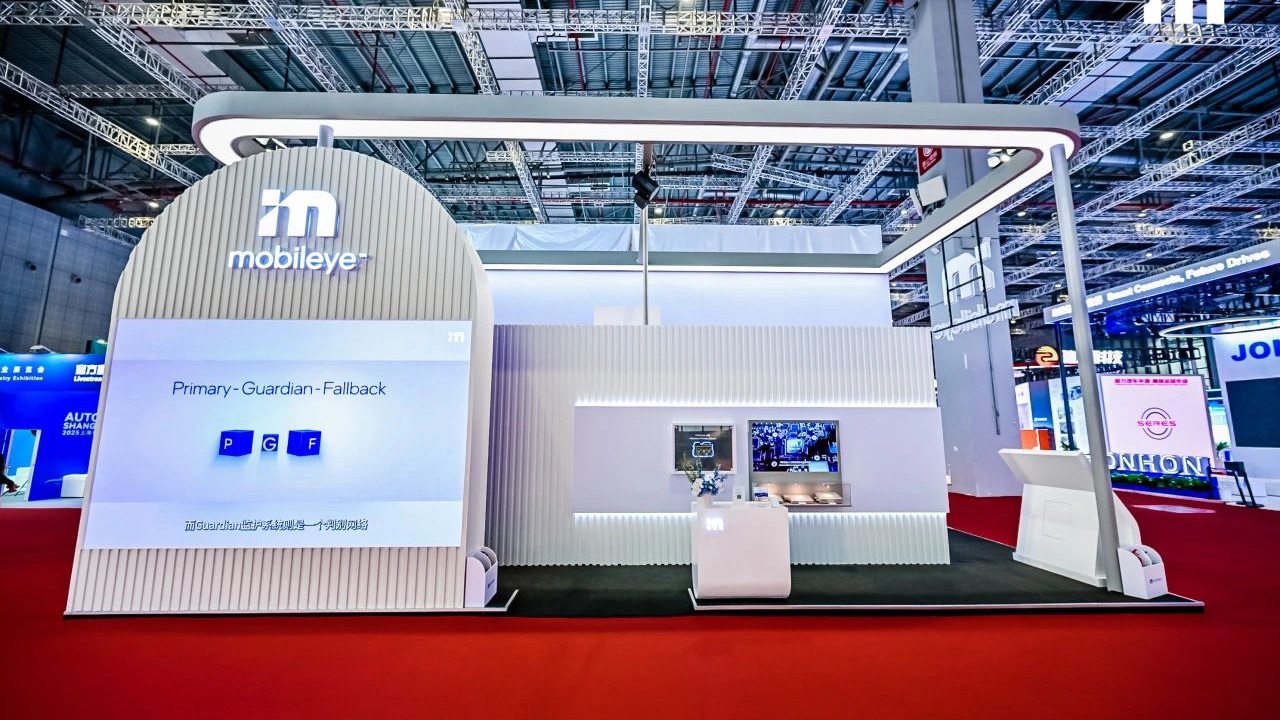At the recently concluded Shanghai Auto Show, Mobileye made its debut as an exhibitor, showcasing its full range of driving assistance and automation solutions based on the Composite Artificial Intelligence System (CAIS). By centrally presenting a variety of product systems, from basic ADAS to the futuristic “Mobility as a Service,” Mobileye not only demonstrated its technological capabilities and commercial progress but also underscored its profound understanding and forward-looking strategies for the global and Chinese markets.
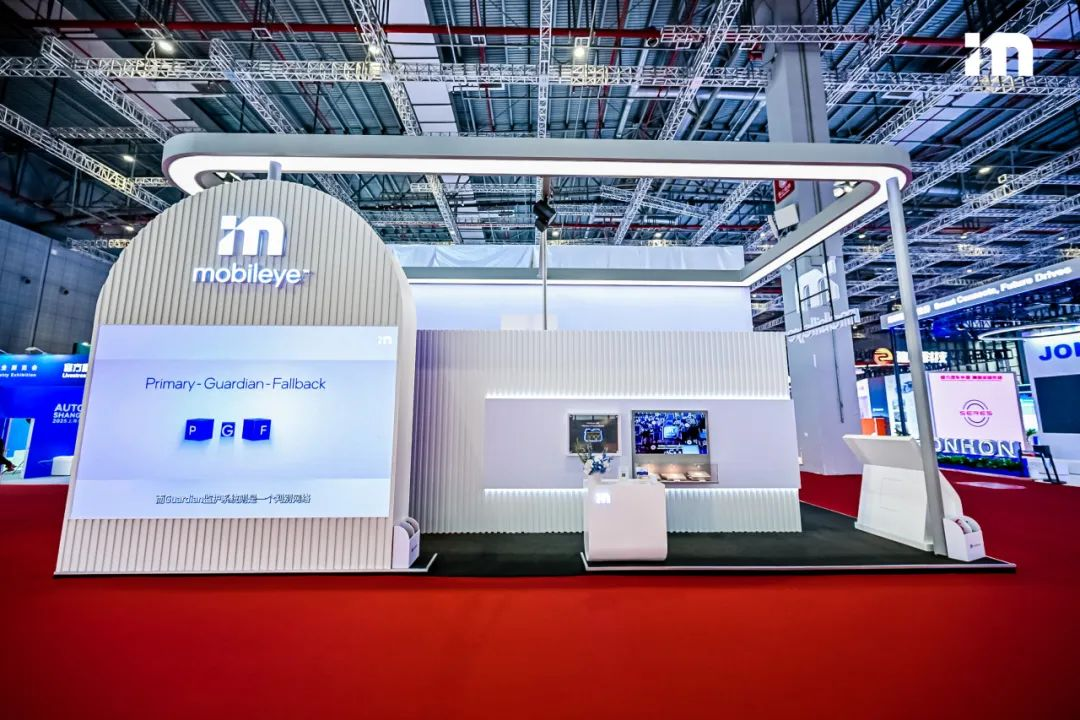
At the show, Mobileye outlined a clear development path: leveraging technological innovation as a foundation and a modular open strategy as a driver, it aims to accelerate the adoption of driver assistance systems and provide robust support for Chinese automakers targeting global markets. During the event, Chen Yunxiang, head of business development and strategy for Mobileye in China, was interviewed by several media outlets, such as 42HOW, addressing issues related to collaboration with automakers, technological paths, and pricing competition.
Technical Foundations for Affordable and High-Quality Driver Assistance
As consumer demand for premium driving assistance experiences rises, how to achieve widespread functionality at reasonable costs while ensuring safety has become a key industry issue. Mobileye’s “Surround ADAS™” mid-tier solution addresses this trend.
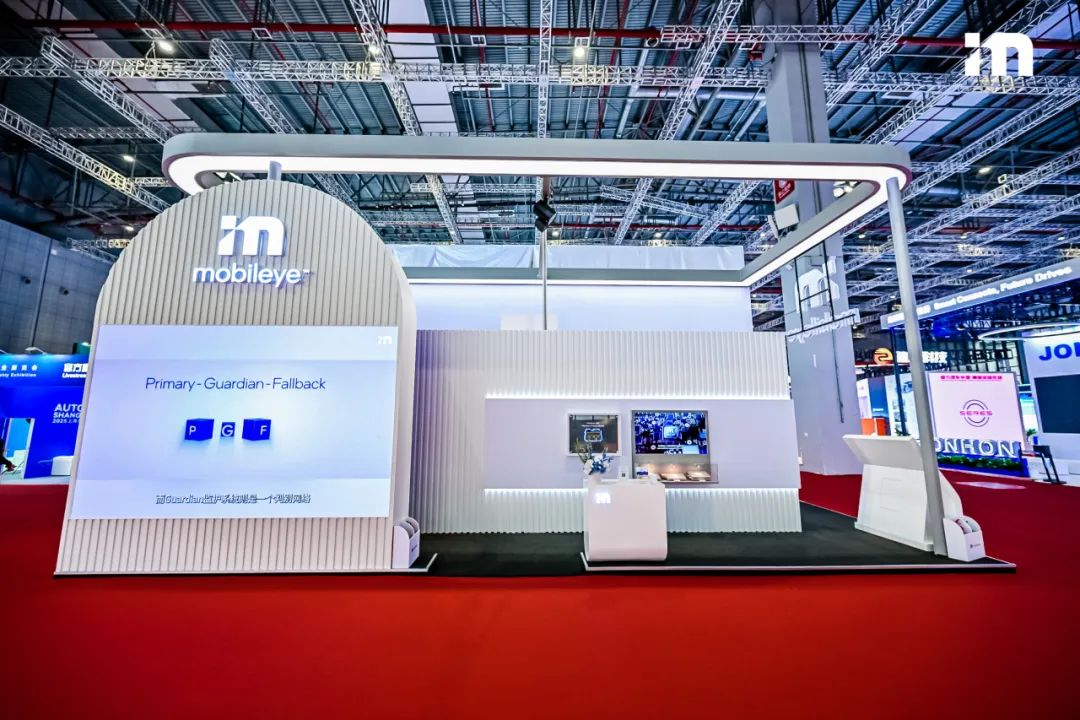
The integrated hardware-software design based on a single EyeQ™6 High chip allows the “Surround ADAS™” to enable “hands-free/eyes-on” driving at speeds up to 130 km/h on highways and specific road scenarios. It also supports a suite of assisted driving functions, including collision avoidance, lane assistance, low-speed acceleration control, and automatic lane changing while balancing safety, driving experience, and system cost. Its sensor configuration is flexible, supporting 5 to 6 cameras, and can adapt to regulations and driving habits across global markets.
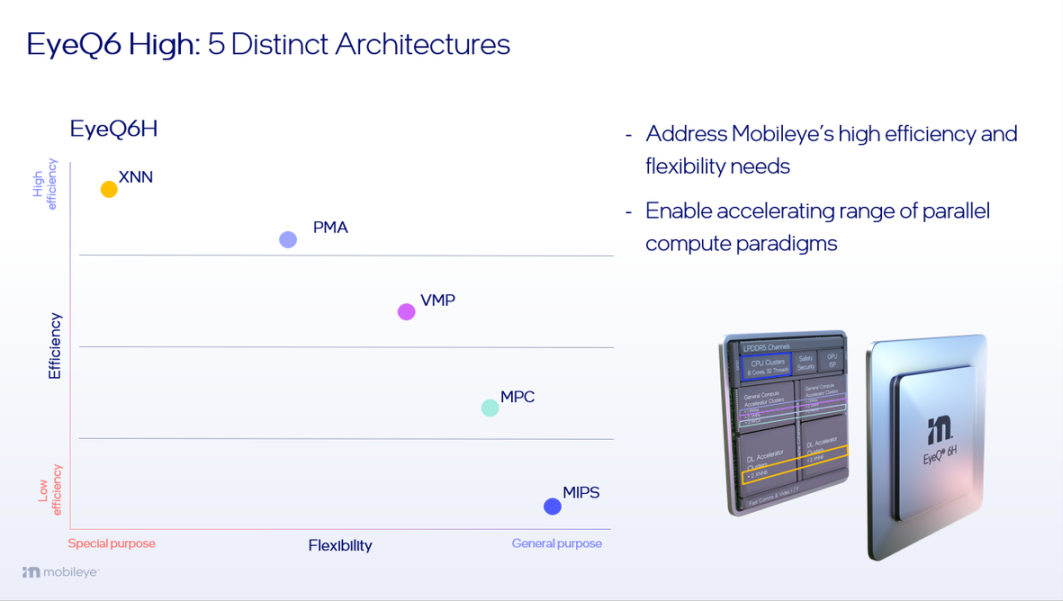
Chen Yunxiang stated: “Safety is the cornerstone of Mobileye. Whether addressing domestic regulations on driver assistance or the upcoming UNECE R171 regulations for Driver Control Assistance Systems (DCAS) in Europe, Mobileye’s ‘Surround ADAS™’ is dedicated to ensuring highway driving safety while also considering driving experience and cost-effectiveness.”
Chen also introduced that both the “Driver Assistance Democratization” initiative earlier this year and the recent clearer definition of “combined assisted driving” aim to promote solutions that balance performance, safety, and cost-effectiveness in high-speed scenarios. Mobileye’s partnership with the Volkswagen Group and Valeo announced in March indicates that the “Surround ADAS™” is not merely in the concept stage but is in actual development and deployment. The project involves the transverse engine (MQB) platform, covering primarily gasoline vehicles, highlighting that Mobileye’s technical solutions can meet the needs of different powertrain models.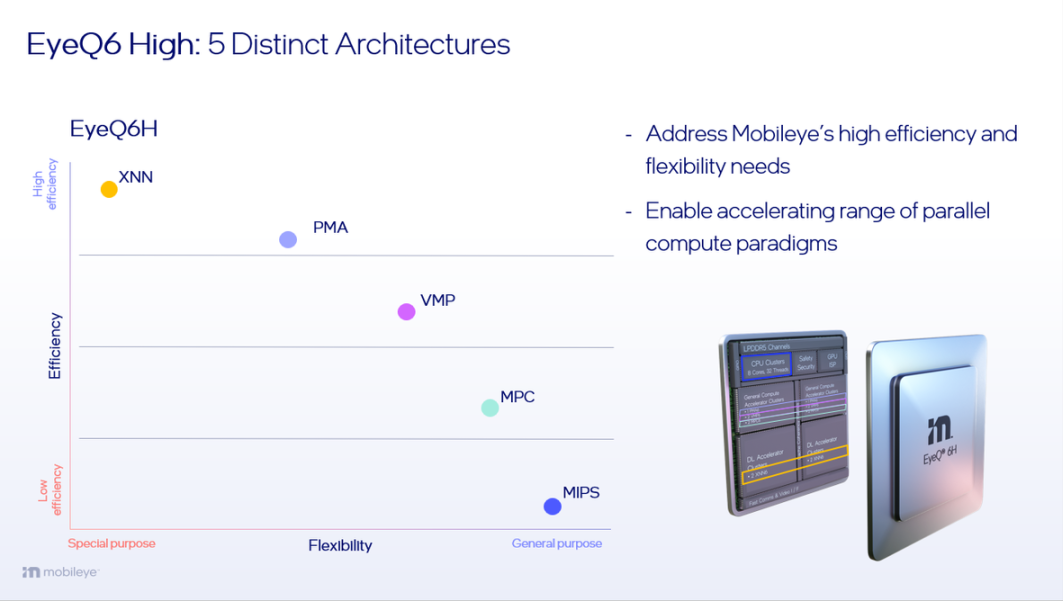
Furthermore, Mobileye employs a modular design approach, allowing for hardware sharing across various functional levels with only incremental development required, eliminating the need to start from scratch. This strategy has proven advantageous in advancing “assistance egalitarianism,” by making high-end assistance features accessible to mainstream models. In the face of frequent industry price wars, Chen Yunxiang emphasizes that Mobileye will not compete solely on price. Instead, it is committed to creating products that combine sustainable profitability with high reliability, aligning with the path of healthy industry development. “Mobileye consistently prioritizes safety as the core, paying close attention to the integration of high scalability and cost-effectiveness during the design phase of its chip architecture and various system solutions.”
Rooted Locally, Helping Chinese Automakers Reach the World
Local R&D and global collaboration are the dual engines driving Mobileye to apply advanced driving assistance technologies. According to Chen Yunxiang, Mobileye has long established a localization setup in China, encompassing a full R&D and testing capability framework.
Currently, Mobileye China has its headquarters located on Shanghai’s Bund, a technical testing center in Jiading, and a research center in Beijing (the largest outside the headquarters), dedicated to customized development and validation for the Chinese market. The domestic technical team stays in daily sync with the headquarters to ensure product adjustments are promptly made for China’s road environment.
For instance, there are significant differences between traffic sign styles in China and those in Europe and America. To address this, Mobileye utilizes optical character recognition (OCR)-based traffic sign recognition, allowing precise adaptation to local road conditions.
“Our Chinese team works in close coordination with the headquarters to ensure every optimization for the local market can be swiftly iterated and implemented,” said Chen Yunxiang.
In terms of global expansion, Mobileye is actively assisting Chinese automakers in reaching international markets, leveraging its globally accrued regulatory compliance experience and mass production deployment capabilities.
Regarding Mobileye’s investments in China, in addition to staffing, Mobileye has been laying out its technology reserves to support Chinese automakers going global. For example, the European GSR regulation, which sets requirements for Intelligent Speed Assistance systems (ISA). The regulation mandates vehicles to adjust their speed according to roadside speed limit signs.
Chen Yunxiang explains that typically, to meet this requirement, the industry’s common approach involves using cloud systems, requiring vehicles to maintain a continuous connection to the cloud with real-time updates. This demands not only software updates but also cloud service support, significantly increasing the per-vehicle cost and complexity of integrating into the entire vehicle. Additionally, this method is highly inconvenient, as manufacturers must ensure the reliability of the ISA function for at least 14 years post-production. Meanwhile, during each cloud service update in this period, the vehicle must be brought to a service point, like a 4S shop, for maintenance, further increasing costs.”Mobileye’s ISA solution is akin to a ‘signature system.’ During a 14-year maintenance period, if traffic signs change in a specific area, only this ‘signature system’ needs updating, without requiring vehicles to connect to the cloud.”
Open Approach to Industry Changes
In today’s rapidly advancing era of driving automation, more OEMs are initiating the self-development of ADAS to gain control over core technologies. However, Mobileye doesn’t perceive this trend as a threat but adapts actively with a modular open collaboration approach.
“Self-development and Mobileye’s solutions aren’t in conflict. We can offer different levels of modules, from chips and algorithms to sensors and software toolchains, catering to diverse customer needs, enabling OEMs to develop customized solutions under their independent control,” expressed Chen Yunxiang.
Mobileye’s modular architecture allows it to supply complete solutions or open specific capabilities based on demand, co-creating customized driving assistance experiences with OEMs. This flexibility is particularly suited to the rapidly evolving and diverse demands of the Chinese market.
In terms of sensor choices, Mobileye adopts a targeted strategy based on different levels of driving automation. For L2 and lower systems, Mobileye believes in the technical maturity of pure vision. By combining cameras with millimeter-wave radar, a high-performance point-to-point driving assistance can be achieved. Moreover, Mobileye supports the flexible integration of lidar hardware to meet customer or market needs.
For more advanced L3 and Robotaxi systems, Mobileye considers lidar as a necessary redundant sensor. “In L3 systems that involve the removal of driver vision, redundancy is imperative. We add forward-facing lidar and 4D millimeter-wave radar to enhance system safety on top of the pure vision main system,” remarked Chen Yunxiang. She also mentioned the orderly development of the Mobileye Chauffeur™ 63 system, which targets L3-level applications for highway scenarios, with a launch planned for Audi models in 2027.
Furthermore, Mobileye continually optimizes system decision-making and strategies. For instance, through arbitrary object detection and Road Profile technology, the system intelligently determines the best responses based on different obstacle types (like woven bags, animals), balancing safety and traffic efficiency.
Conclusion
At the recent Shanghai Auto Show, Mobileye conveyed a clear signal to the world: In the AI-driven mobility revolution, it is continuously expanding its global footprint in driving assistance and automation with a systematic technology strategy, flexible open cooperation, and profound understanding of global market changes.
Advancements in driving automation are progressing at a remarkable pace, yet it’s not a sprint to instant success. Be it the gradual changes from the ubiquitous ‘Around View ADAS™’ or the patient approach to L3, what Mobileye showcased at the Shanghai Auto Show is a stance closer to reality: forging ahead but with composure; embracing change without compromising foundational safety principles.In a market as complex and rapidly evolving as China, mere flamboyance or price wars cannot ensure long-term success. What truly brings Advanced Driver Assistance Systems (ADAS) closer to more people is an understanding of the technology’s essence, reverence for the evolution of regulations, consumer habits, and industry cycles, along with a meticulous response to the needs of partners.
Mobileye does not deliberately pursue exaggerated narrative rhythms, but rather chooses a relatively steady approach to its development amidst technological progress and market changes. This rhythm may not always attract attention, but in a complex and volatile industry environment, maintaining long-term investment and technological advancement may be the more pragmatic choice.
This article is a translation by AI of a Chinese report from 42HOW. If you have any questions about it, please email bd@42how.com.
